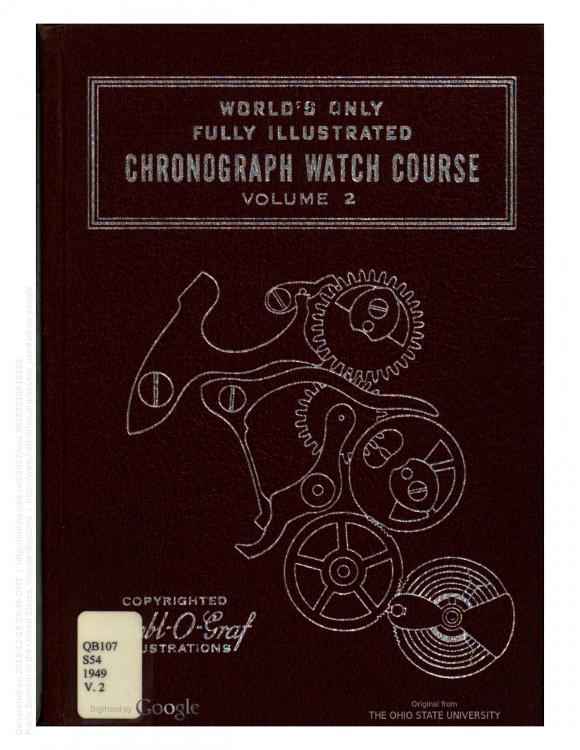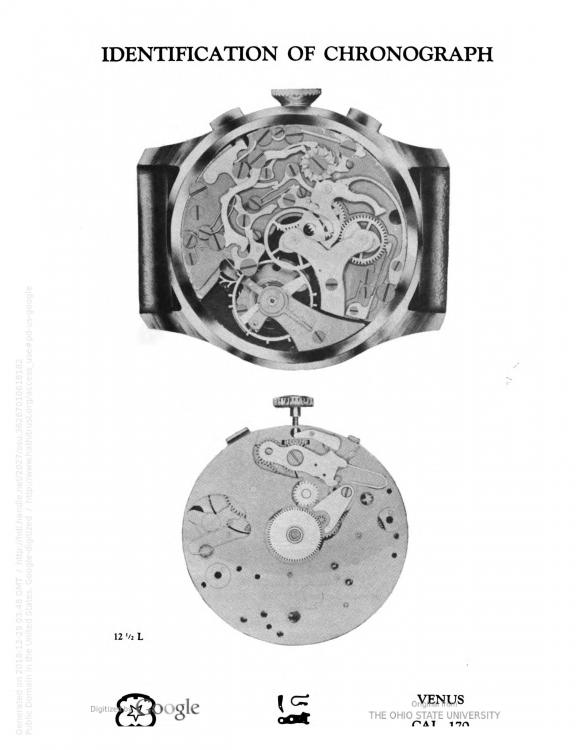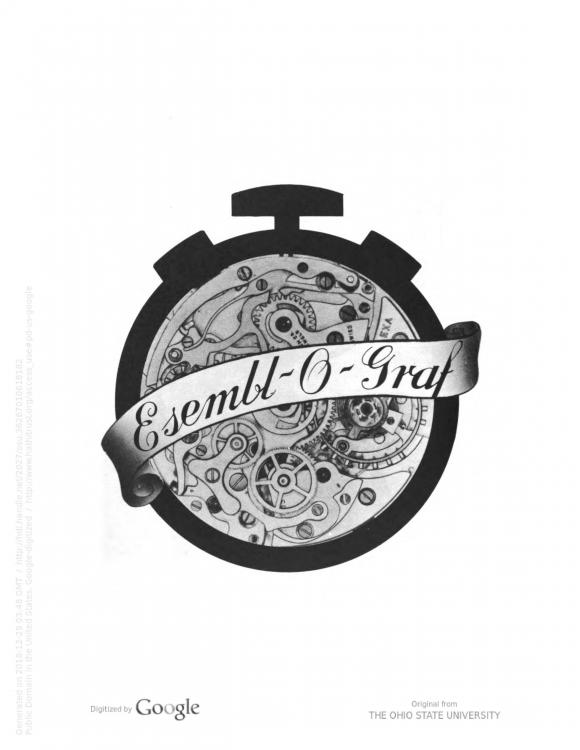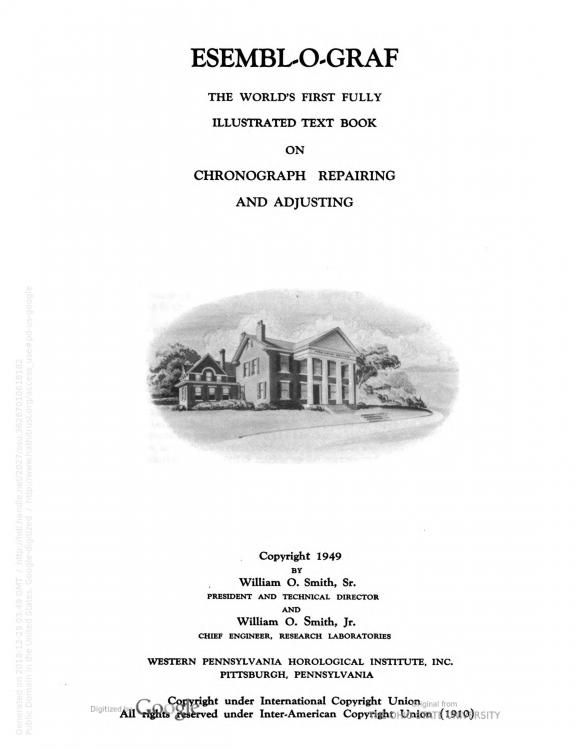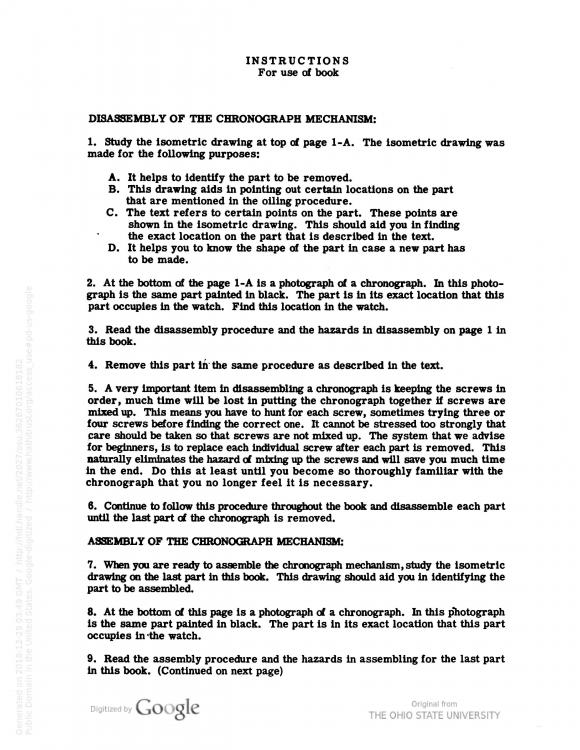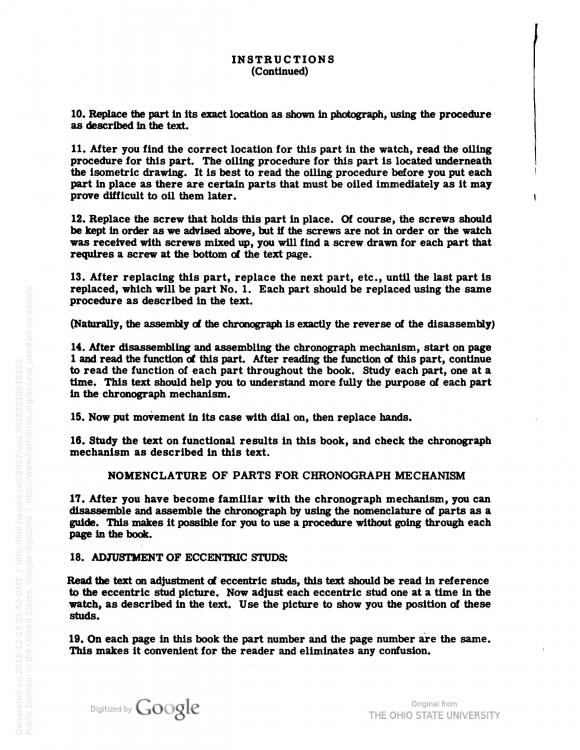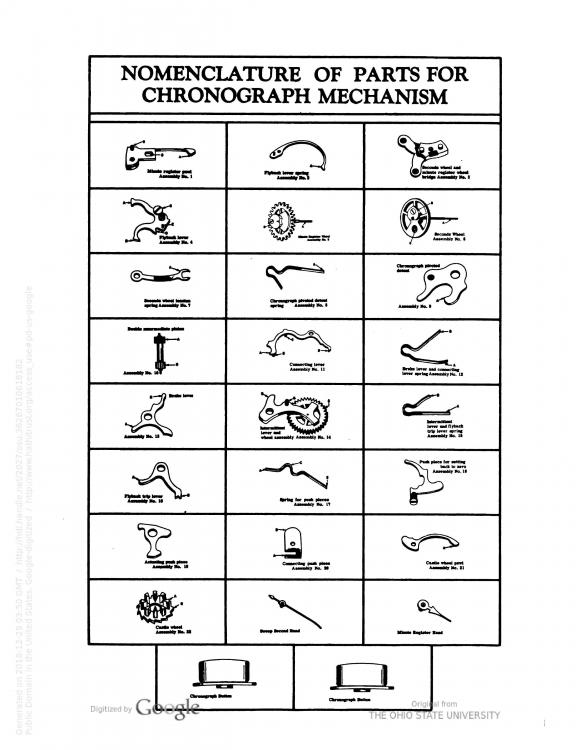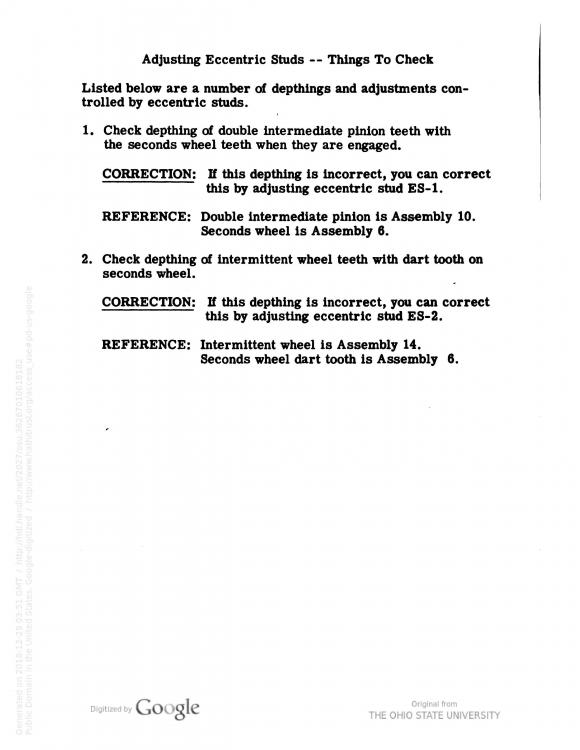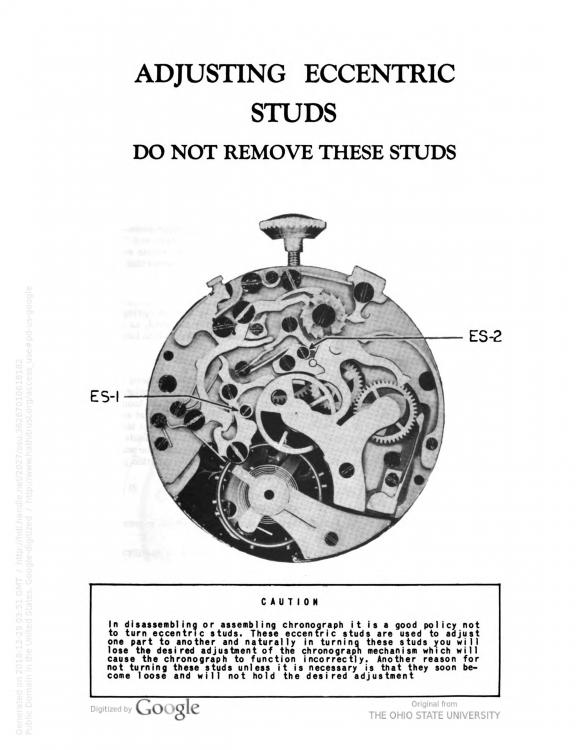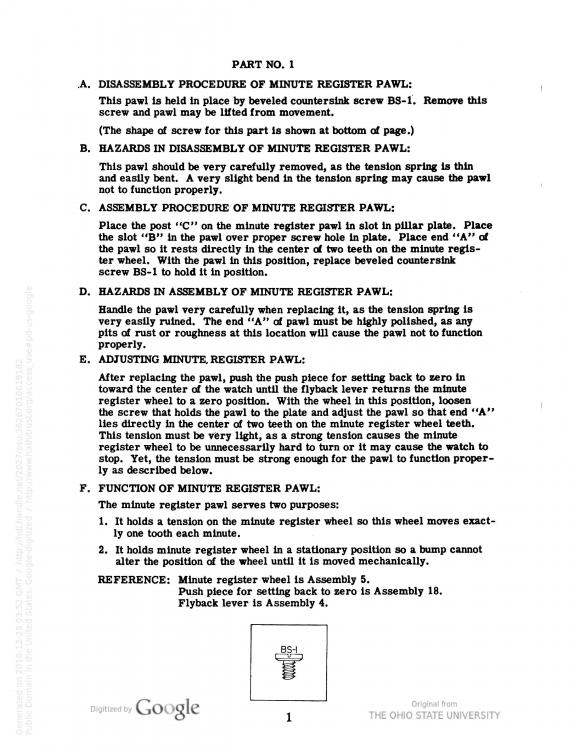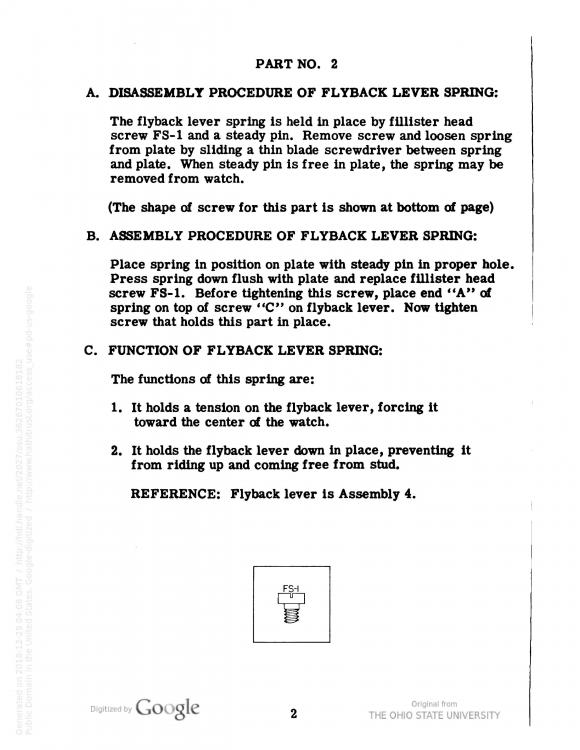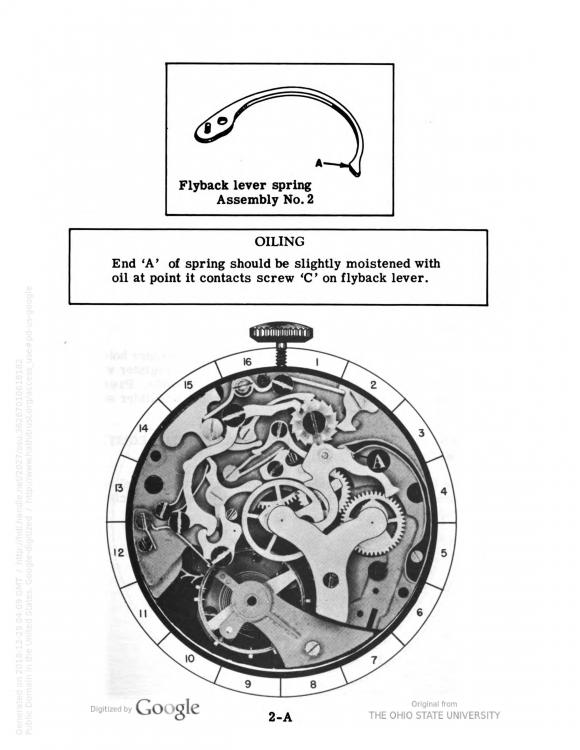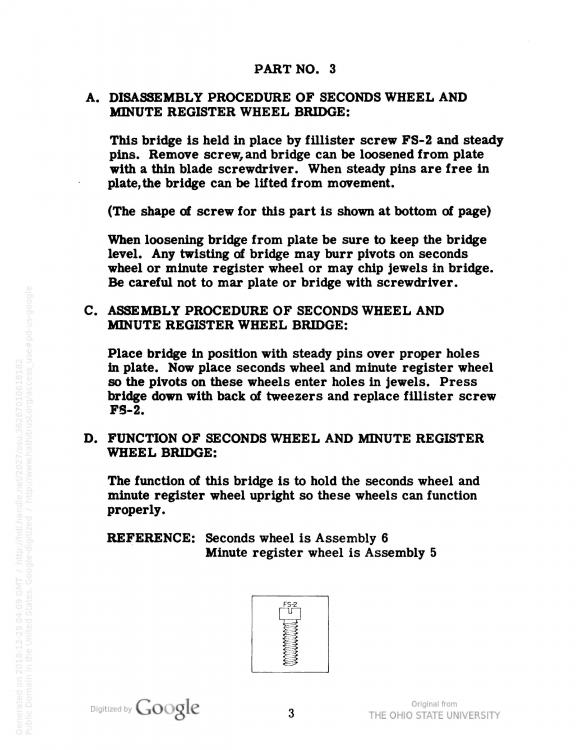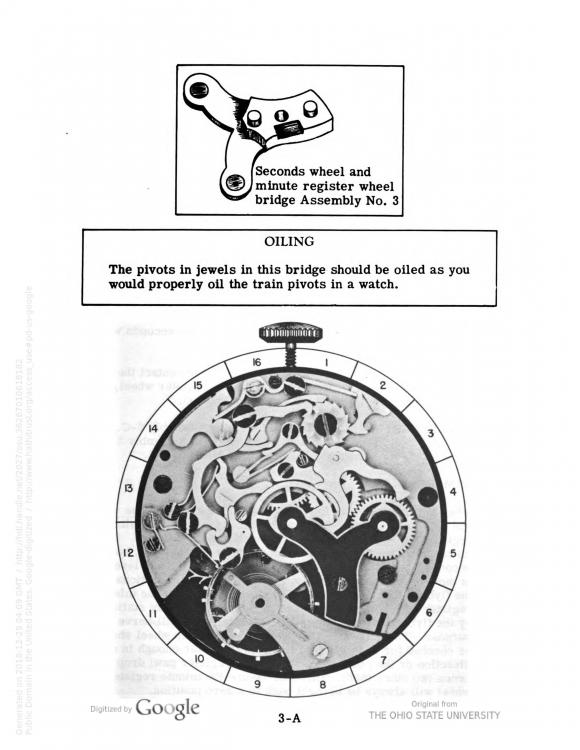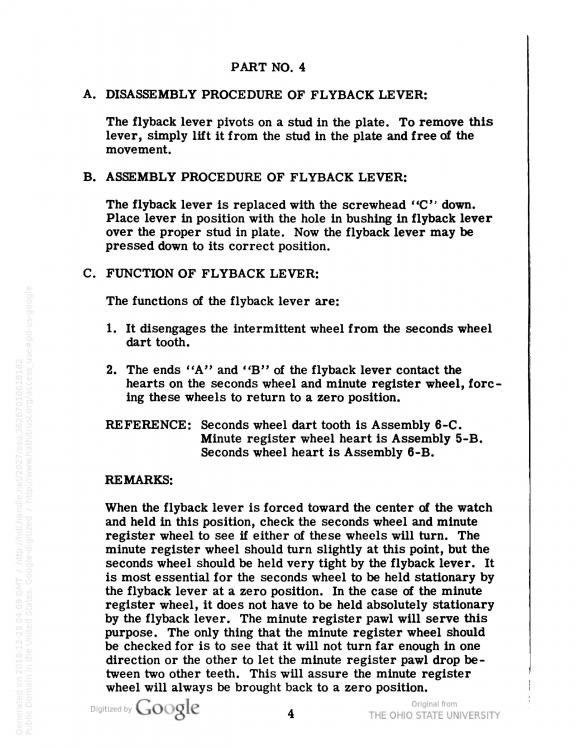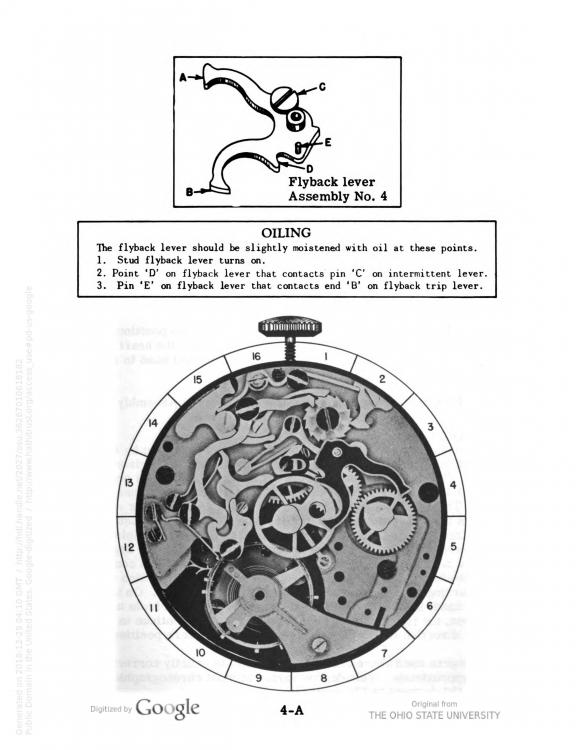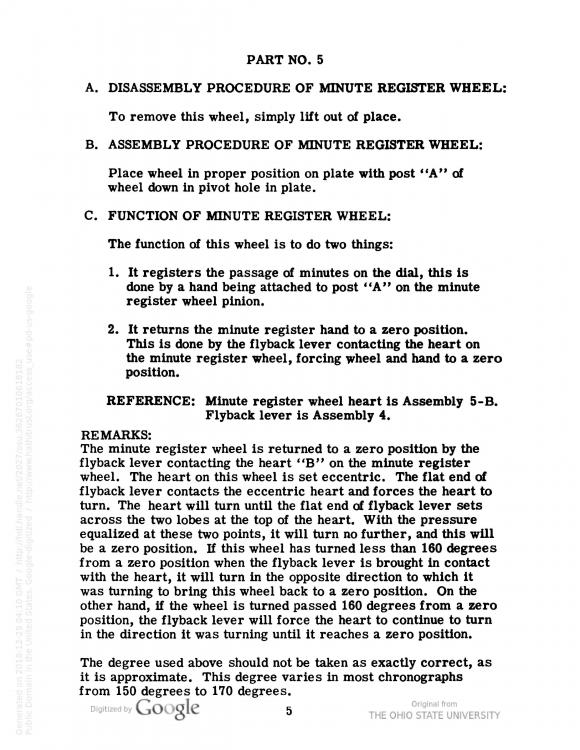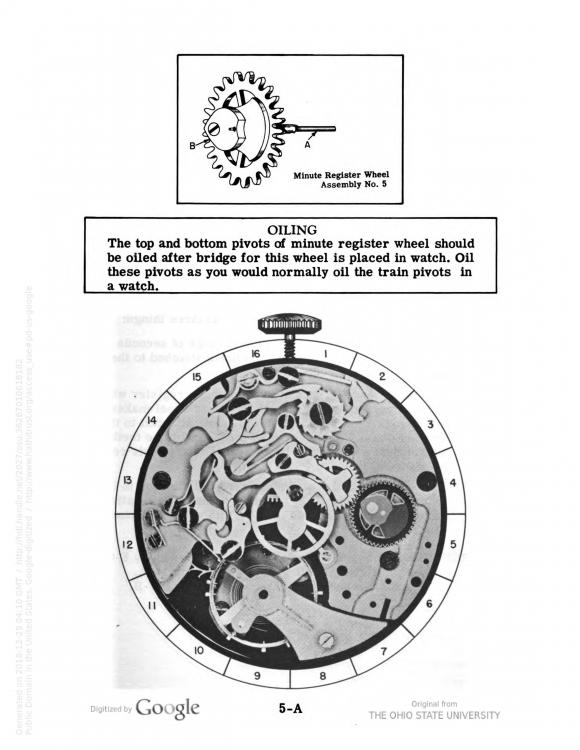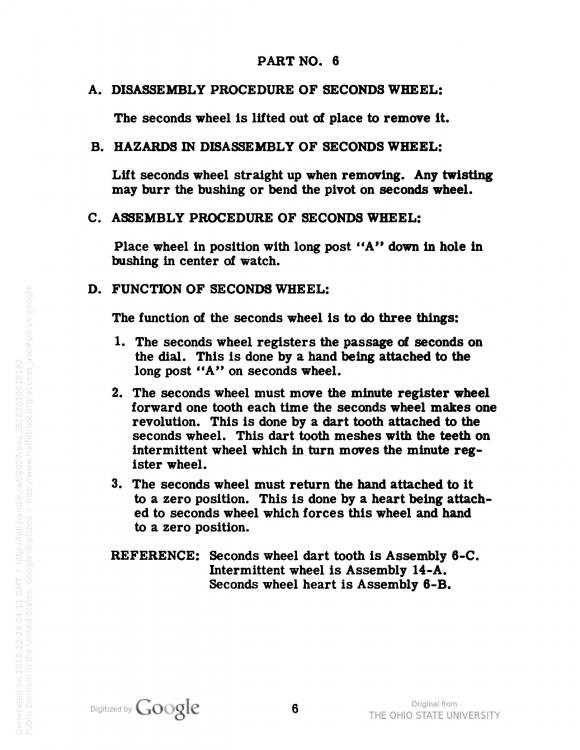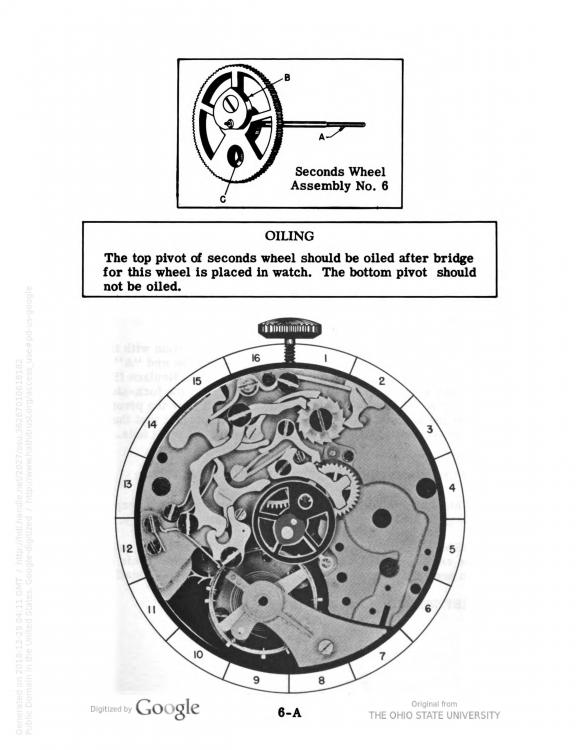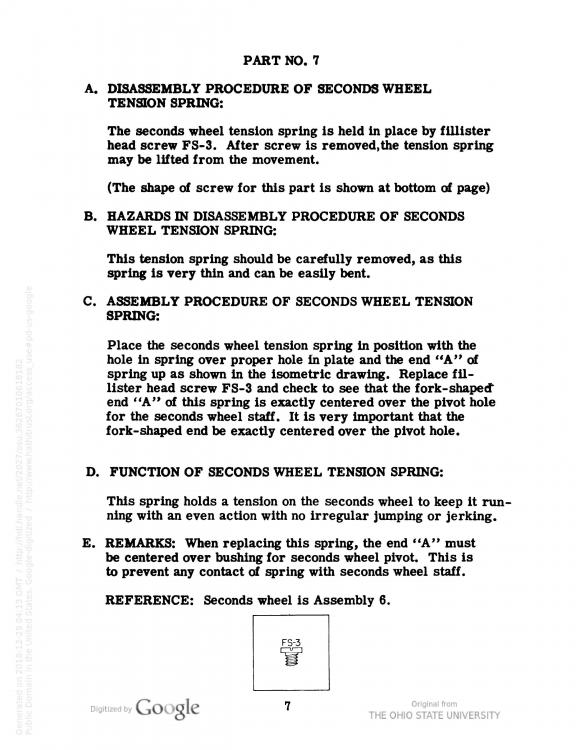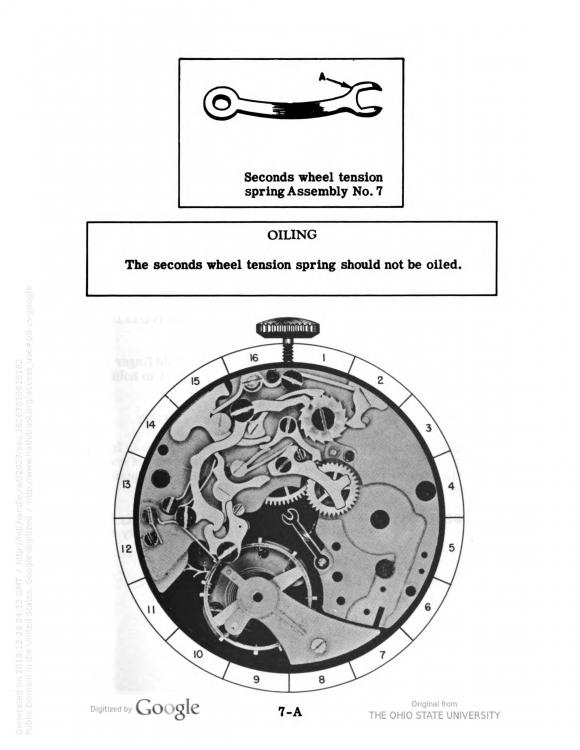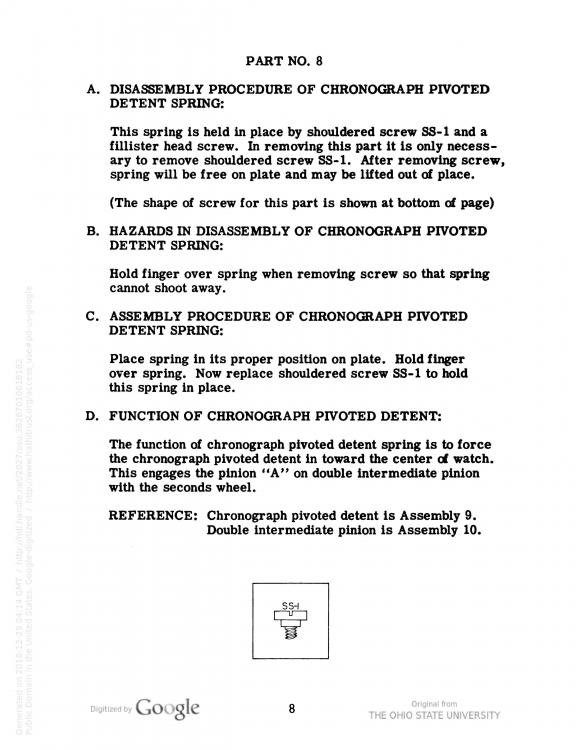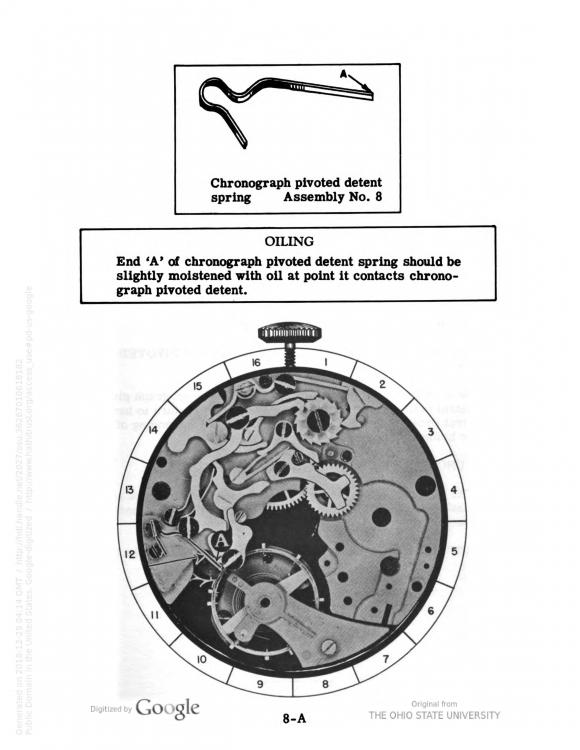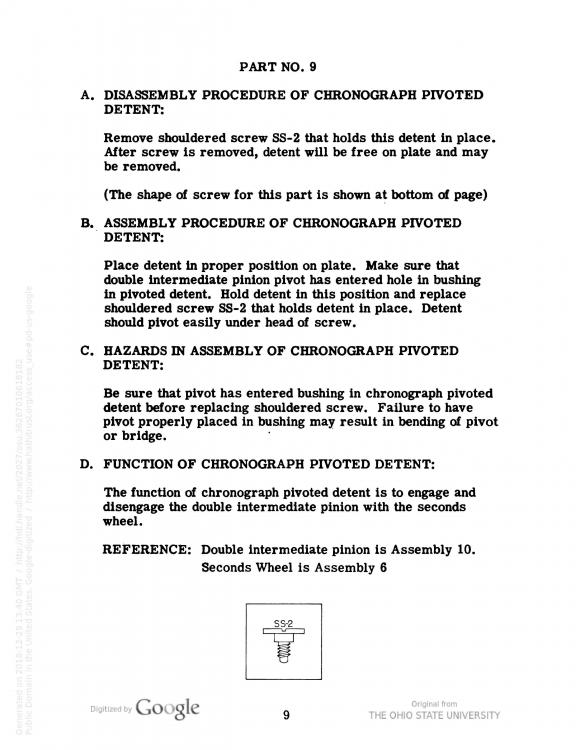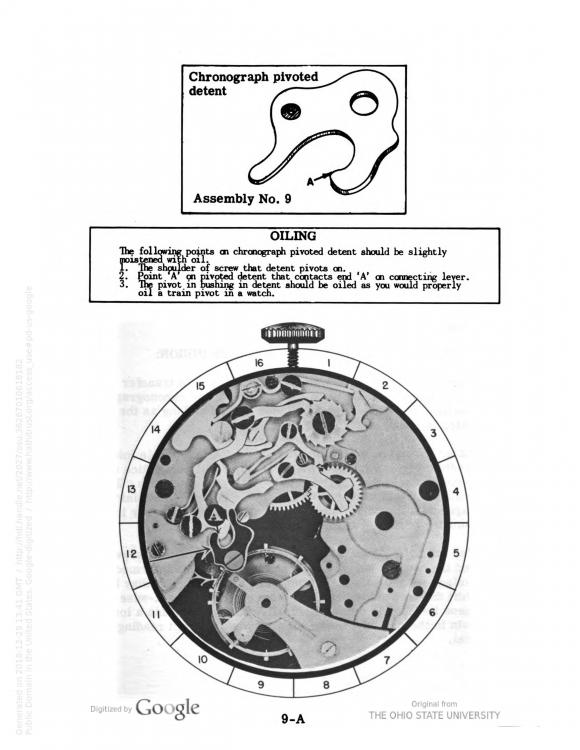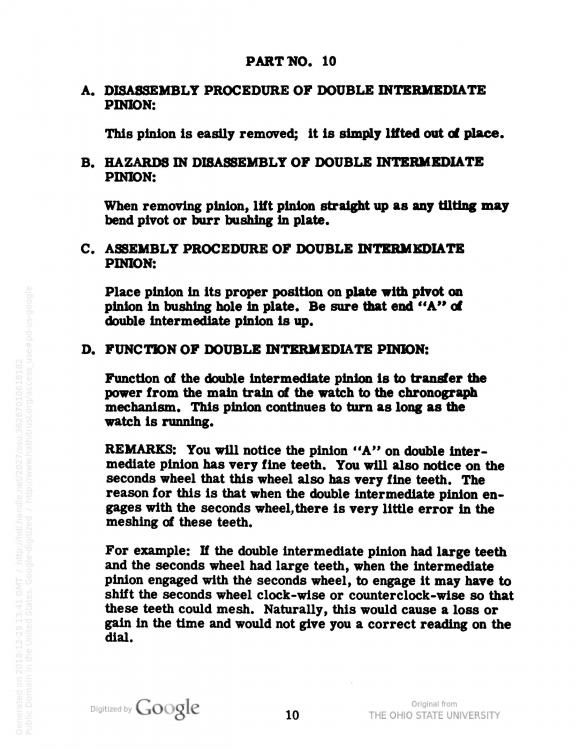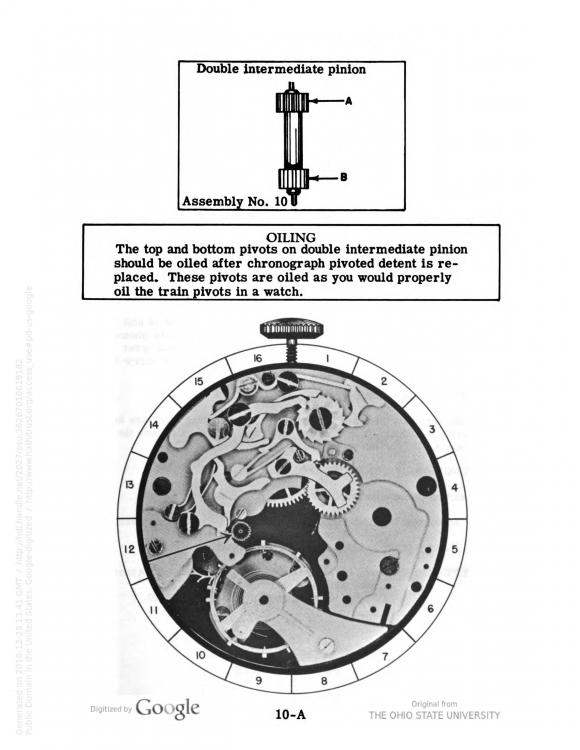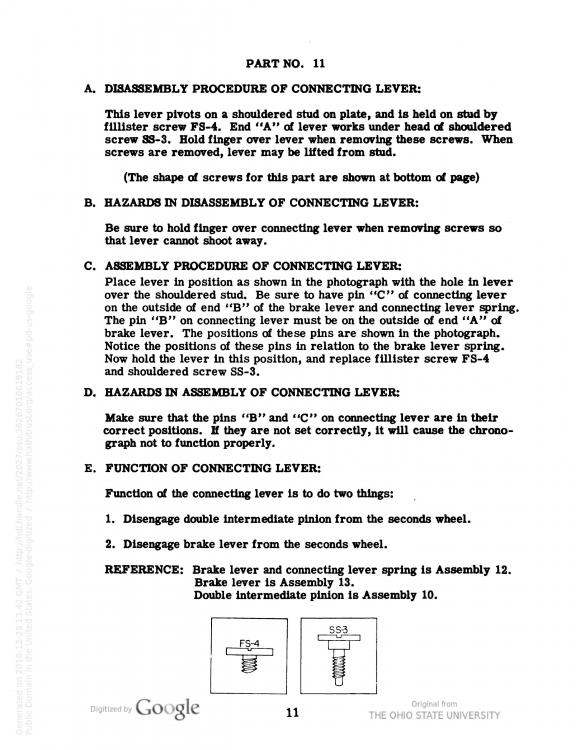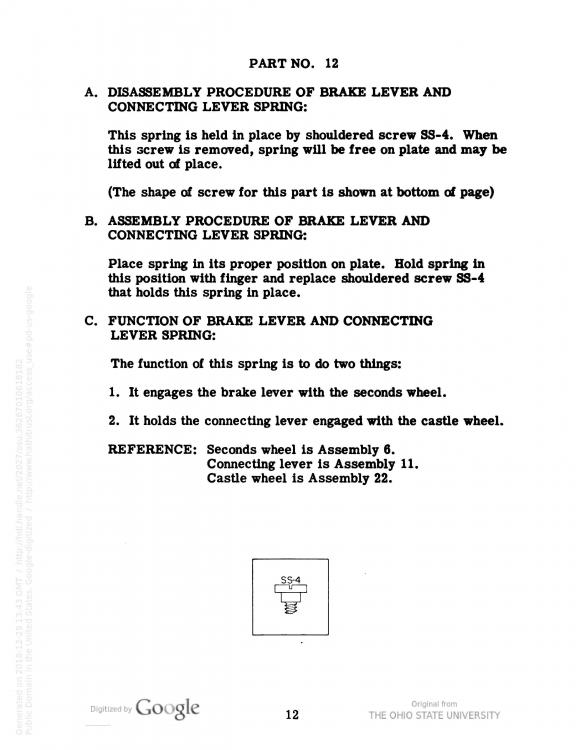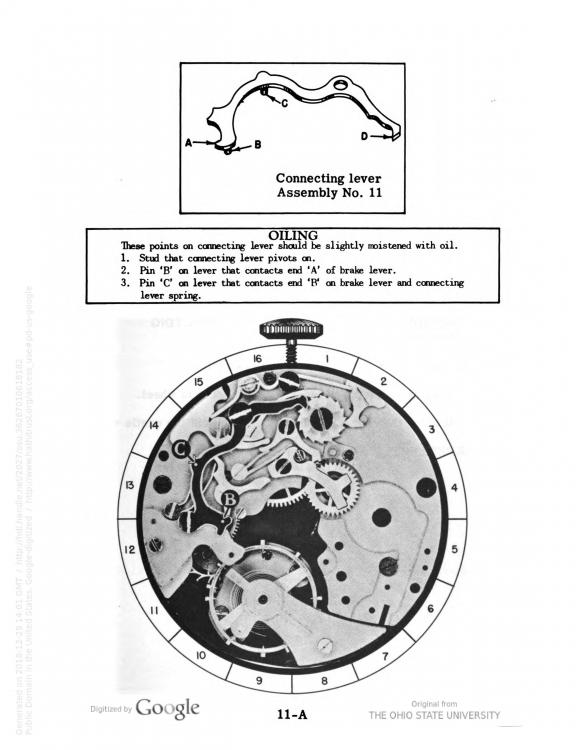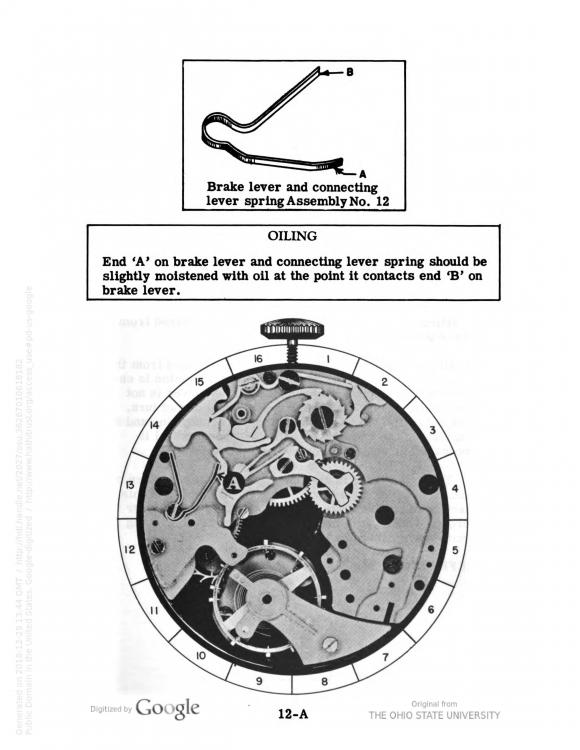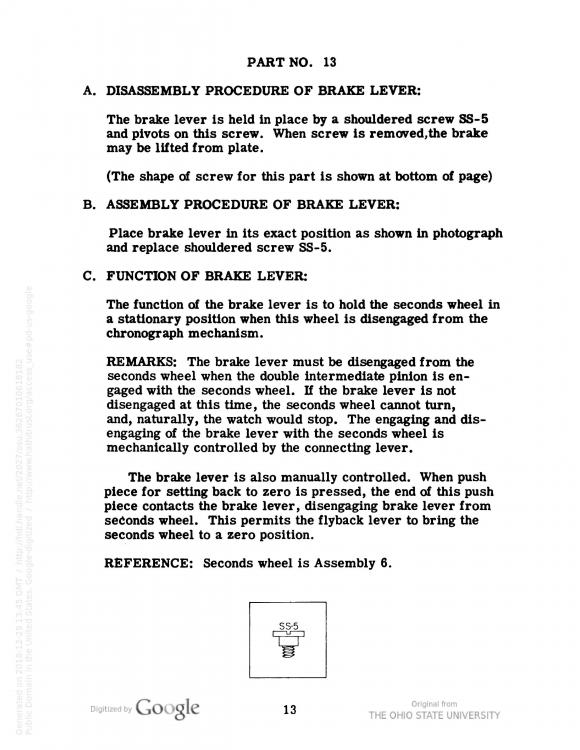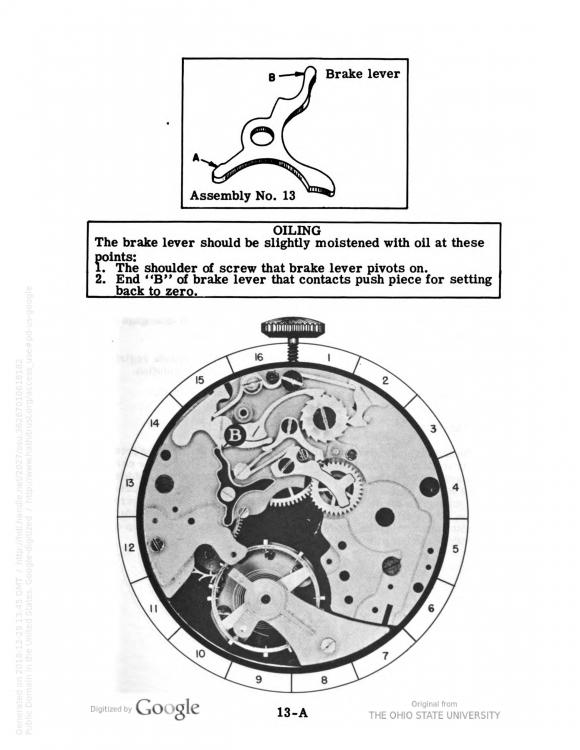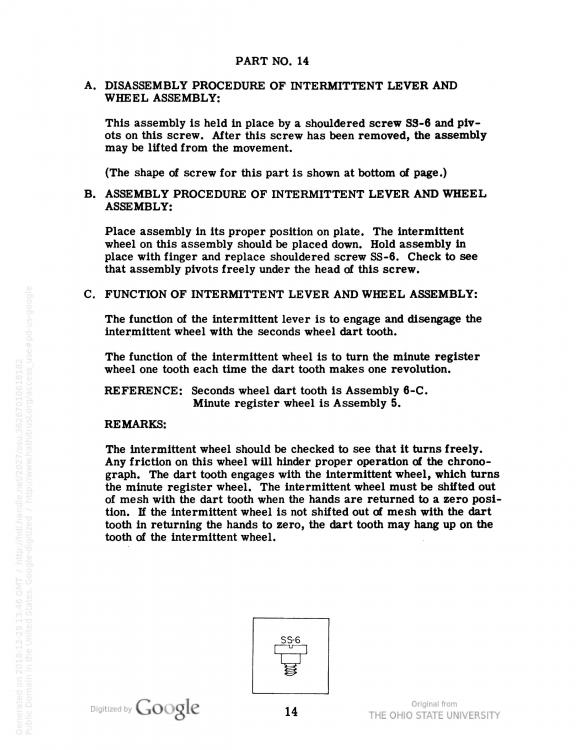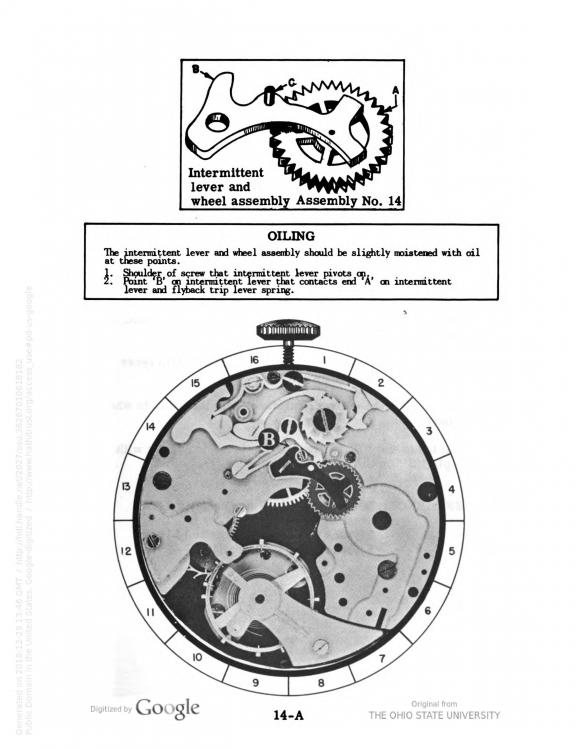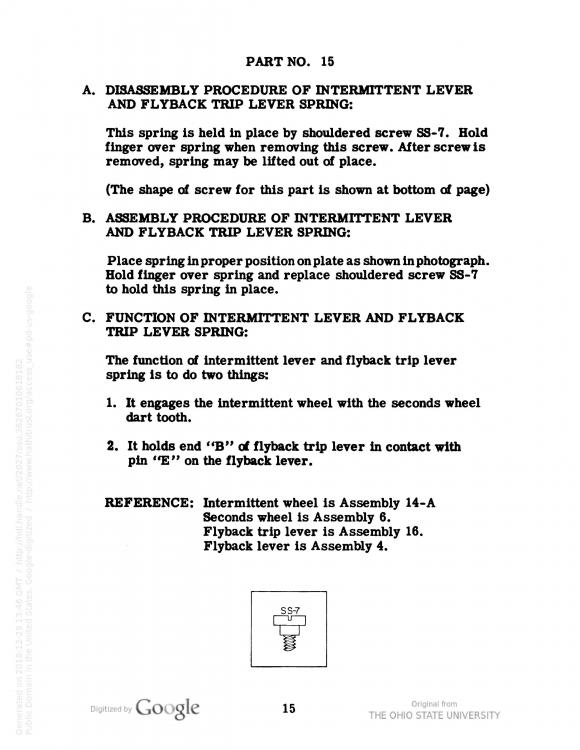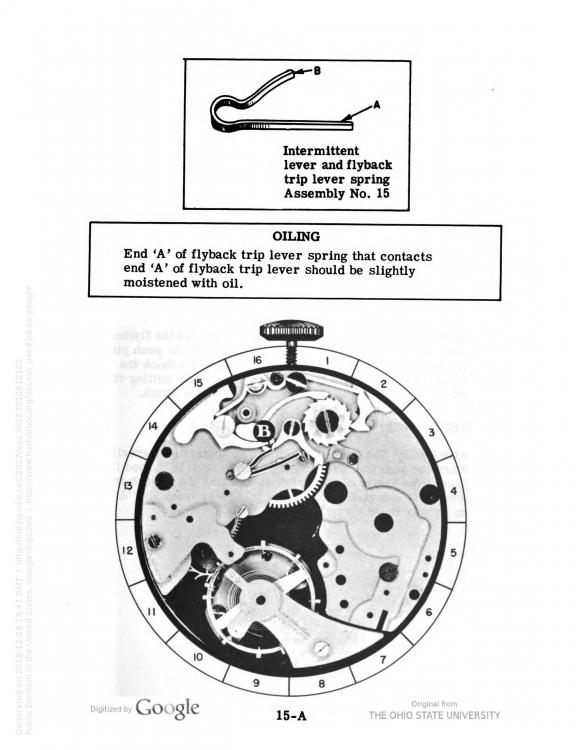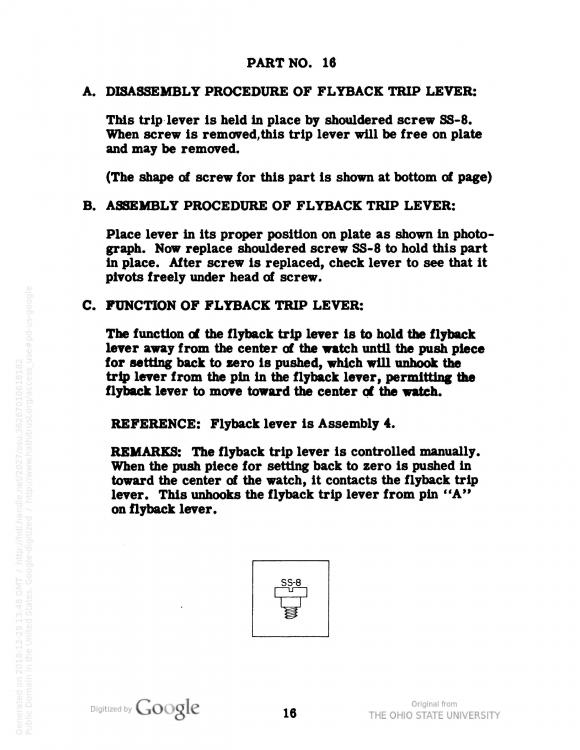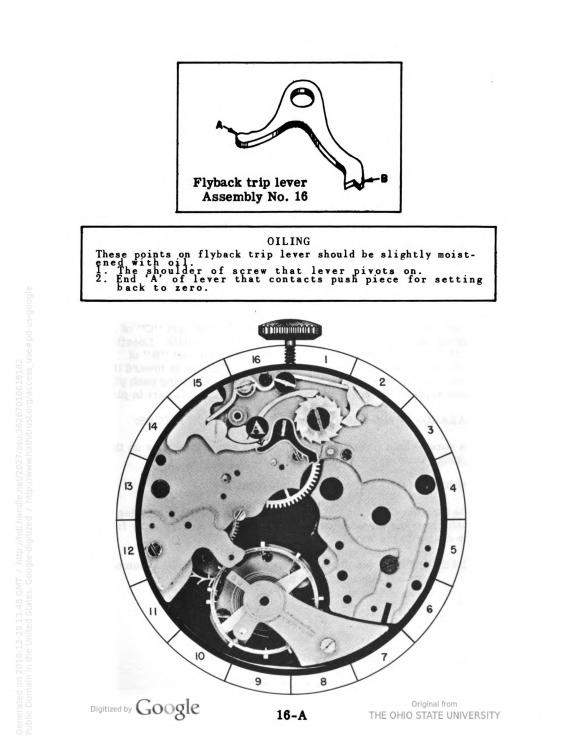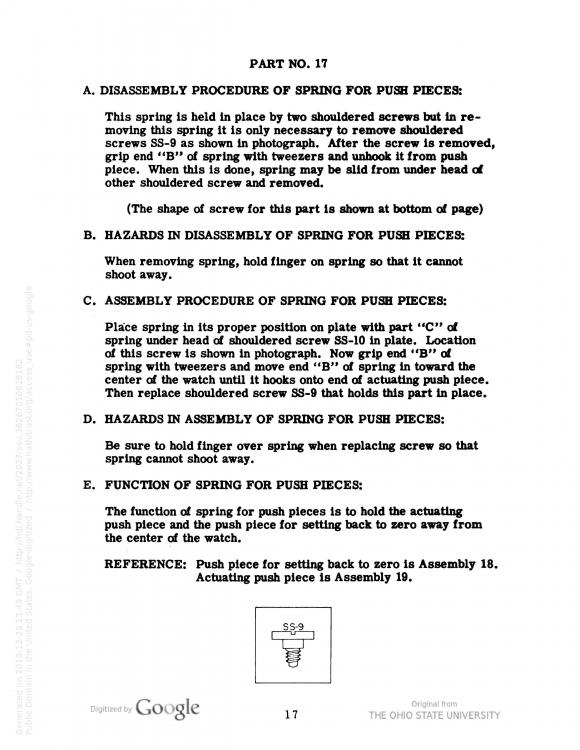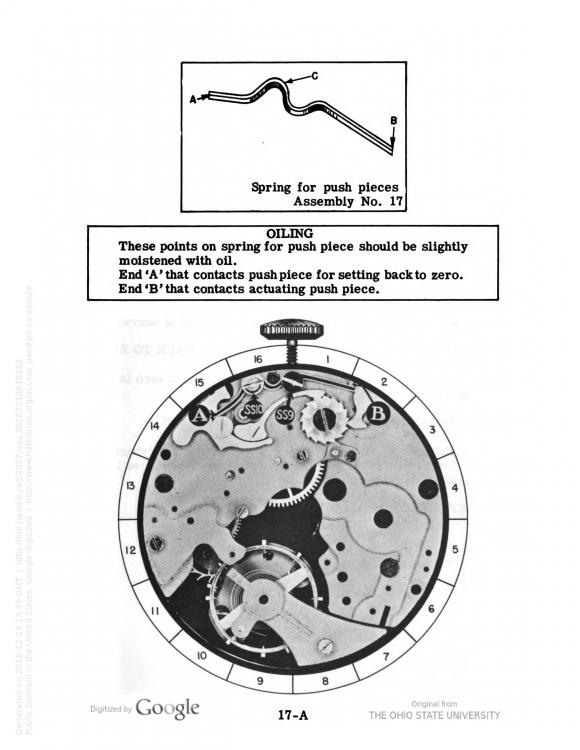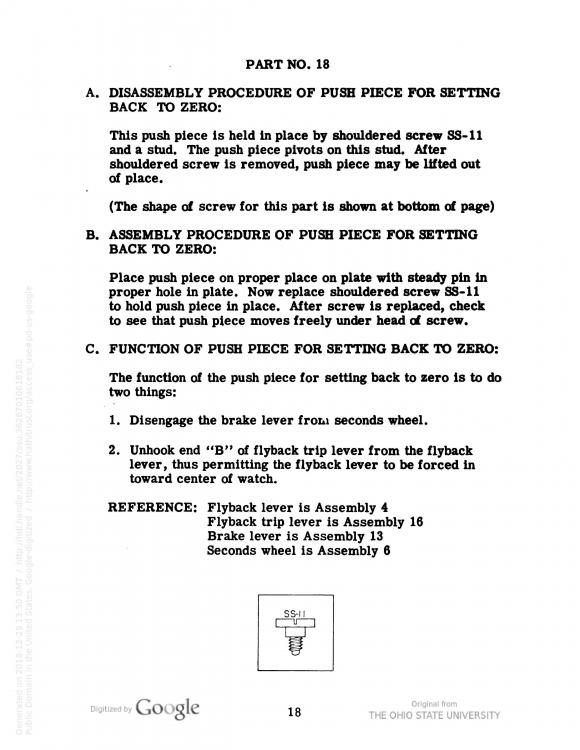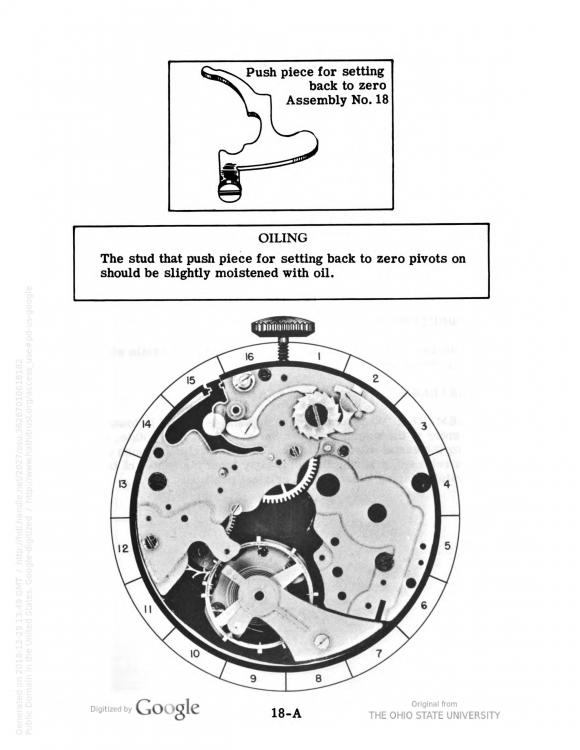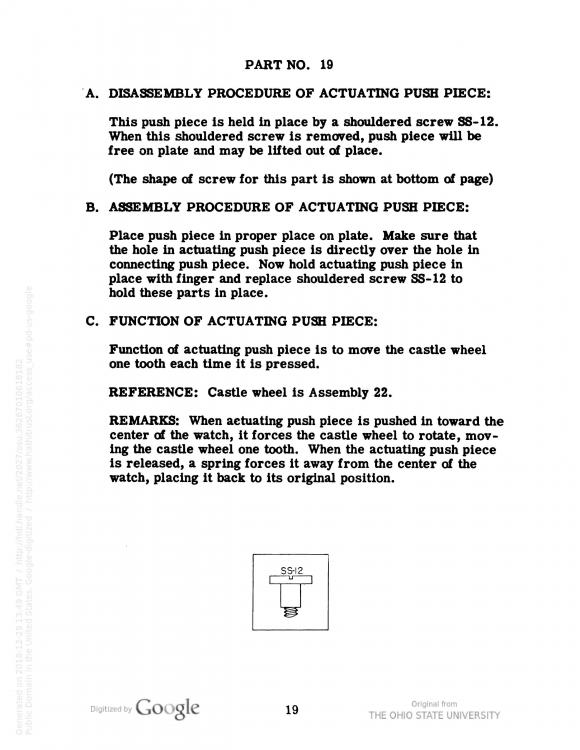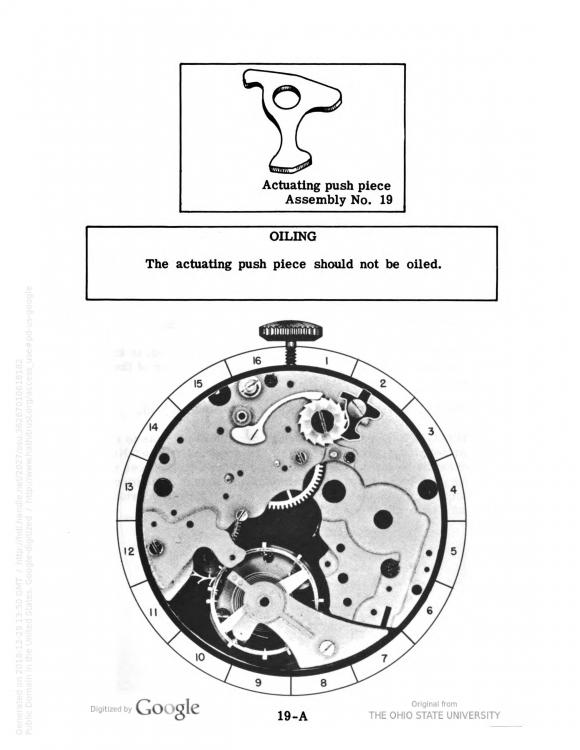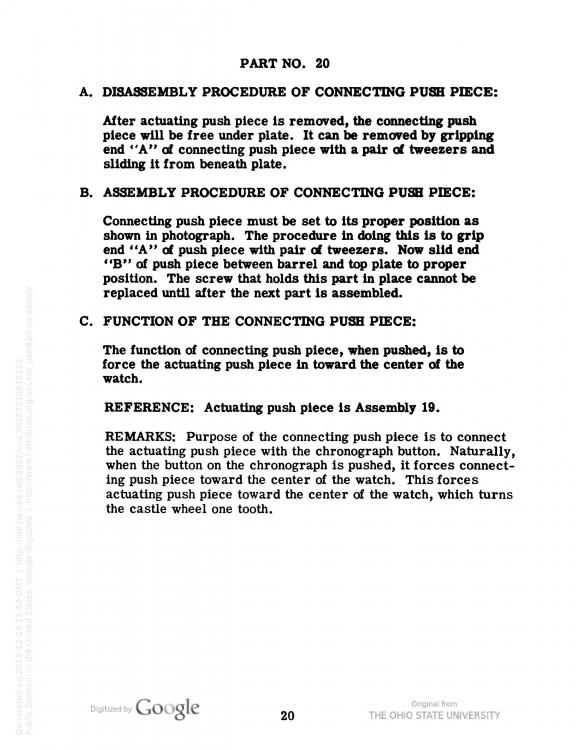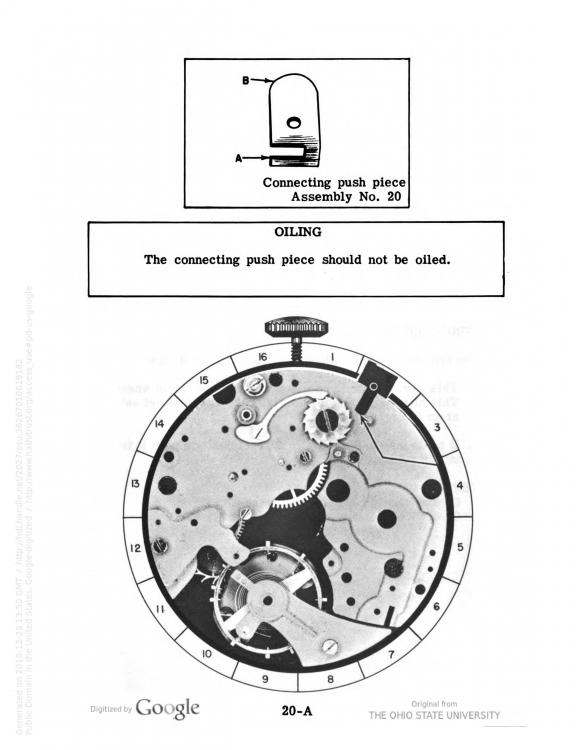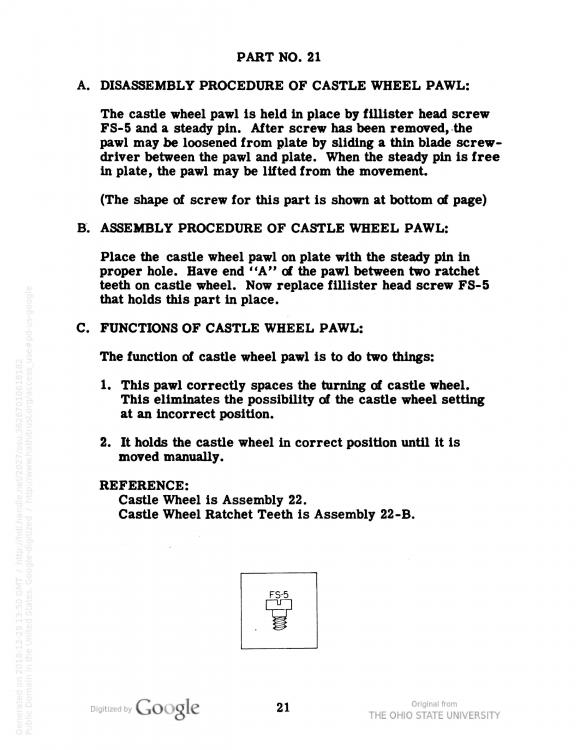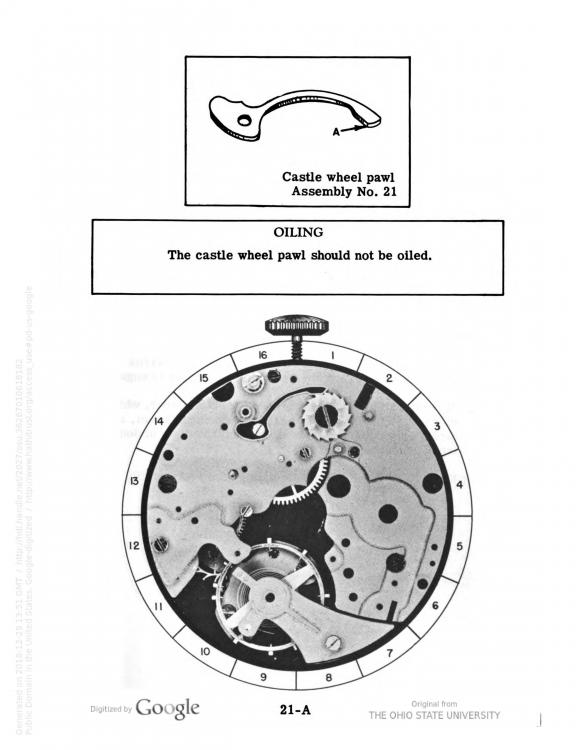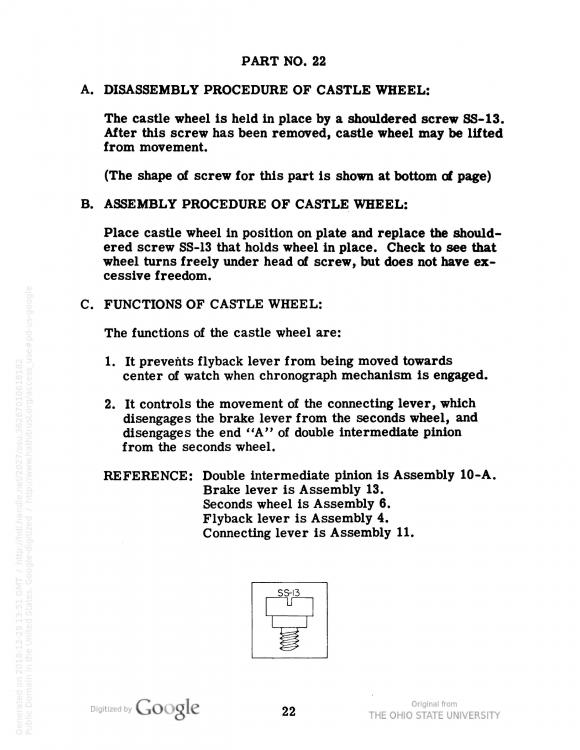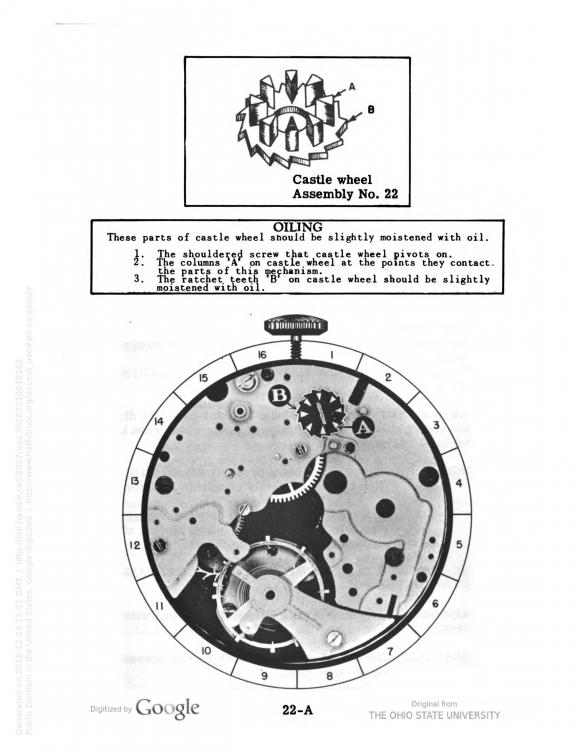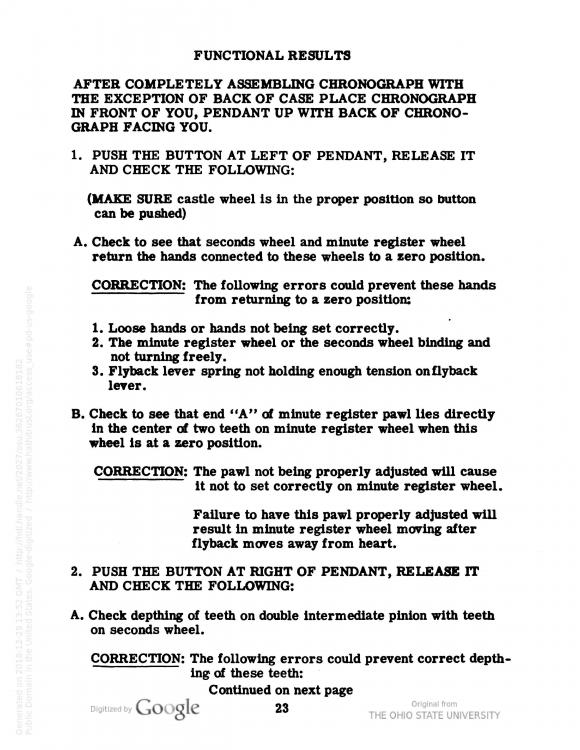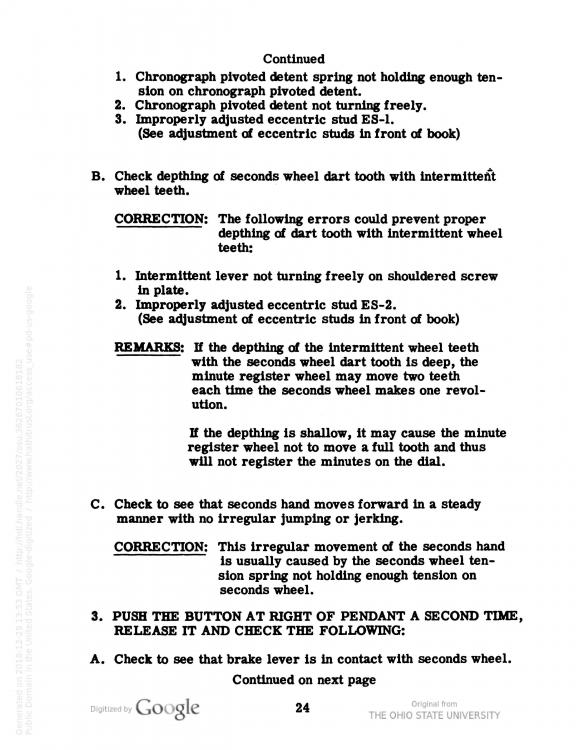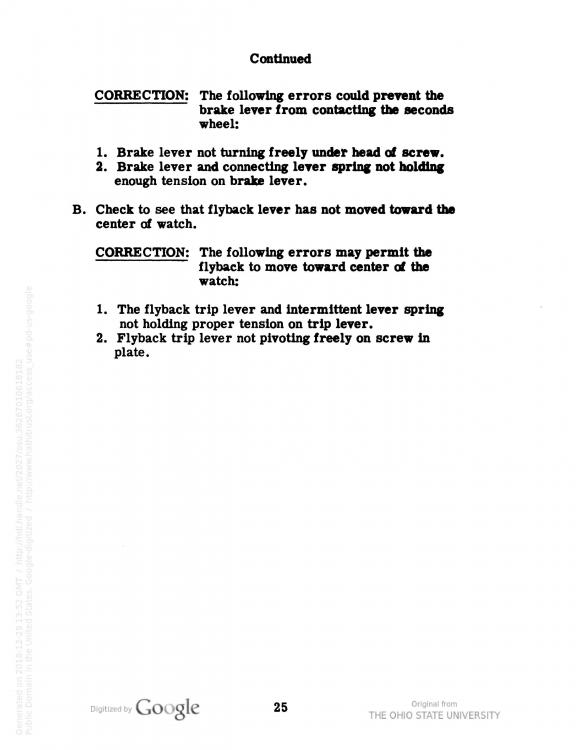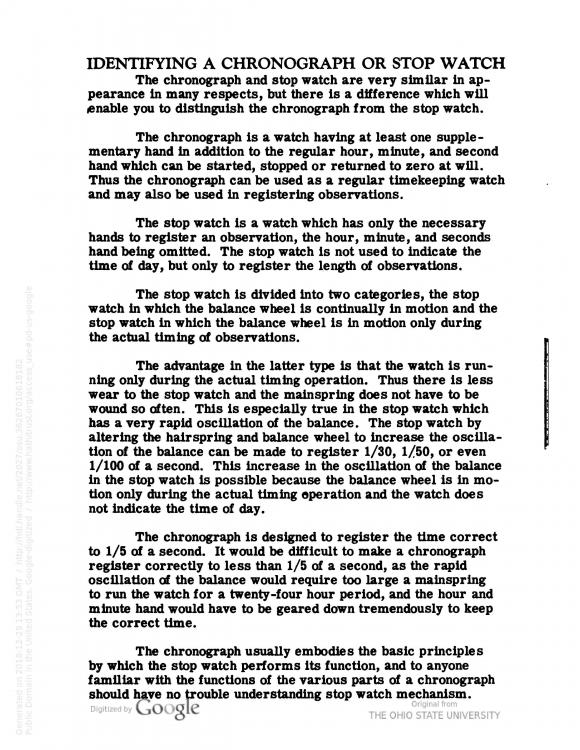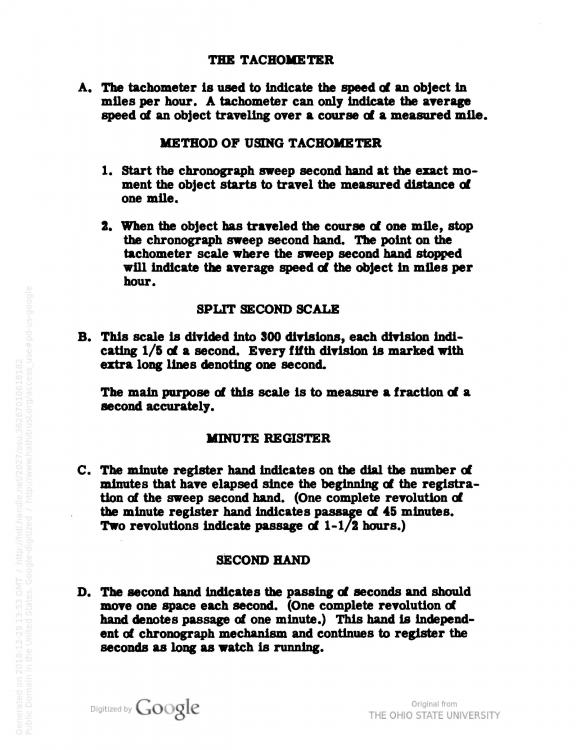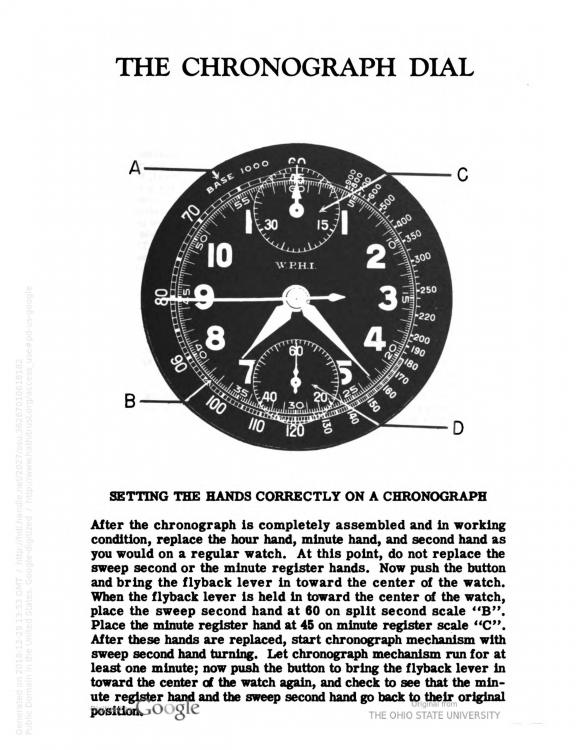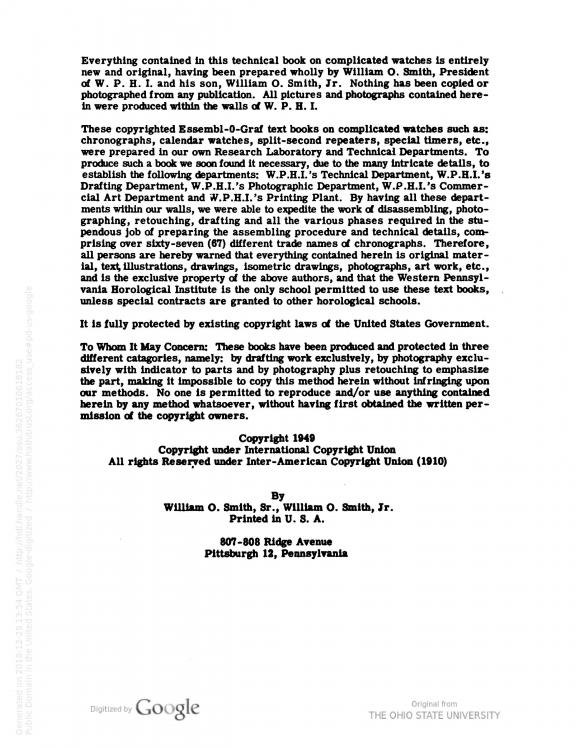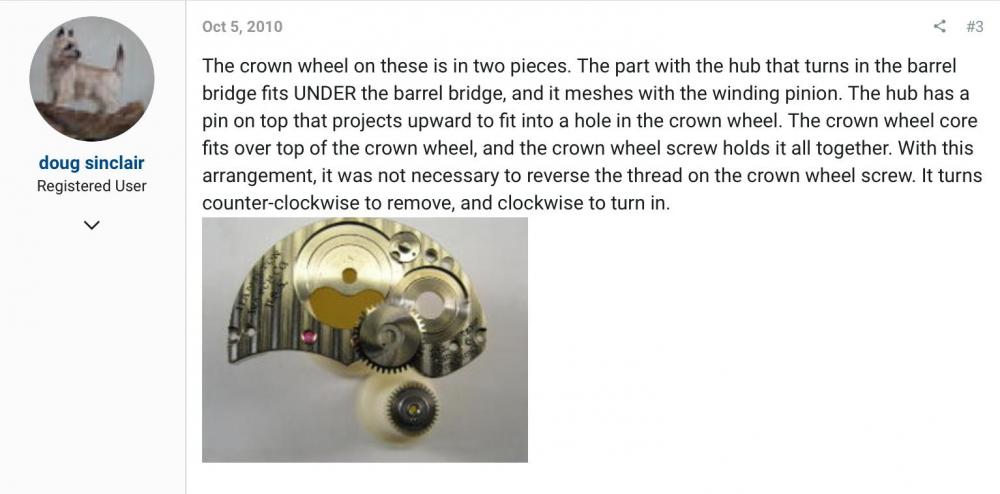Leaderboard
Popular Content
Showing content with the highest reputation on 09/30/21 in all areas
-
I can't offer any suggestion as to why the blue film is there, but it doesn't isolate the battery. The battery positive contact comprises the back and sides of the battery case, there is a tab in the side of the battery well which makes the electrical contact with the side of the battery, and of course a pad in the base of the well for the negative connection. Although it does look as if the spring tab that sits on top of the battery provides the positive conection, I think it is simply to keep the battery secure. From the shape of the sprung retaining tab I reckon that the battery is intended to slide out. An SR621 is not a thick battery so I would be inclined to use a screw driver to gently lift up the free edge of the battery whilst at the same time pushing the opposite edge of the battery through the slot in the retaining tab. Once out the new battery is simply slipped in under the raised edge of the retainer. Just be careful not to slip and gouge anything though. Is there a piezo sounder element cemented into the case back? If so then it's possible that the blue film is to prevent an electrical contact between the battery and the piezo.2 points
-
IPA isn't the only thing that affects shellac. I once soaked a pallet fork in a ultrasonic solution for clinical use and my pallet stones fell out. I learnt later that shellac dissolves in strong alkalis, meaning sodium hydroxide, potassium hydroxide, etc I've yet to succeed in replacing the stones. It's on my bucket list.2 points
-
Since you have nothing left to lose with the softened shellac on the pallet fork, why don’t you heat the pallet fork on the pallet warmer to the softening temperature and see what happens? It may cause the IPA to evaporate?2 points
-
2 points
-
Here's an update everyone: Elma does indeed carry a spout for the WF Pro solution. It fits some other containers as well. All of the supply houses in the US did not know that this part exists. For those of you in the US, Jules Borel has a few of these on order; expected arrival date is end of October. When I get mine from them, I'll let everyone know if it fits and works, and the ordering details. For those of you outside the US, attached is what Elma sent. It looks like it came out of a catalog, so it may be of use if you want to try to get one.2 points
-
Hello all, just introducing myself to you all as requested. My father collected pocket watches which I have now inherited. He died in January!!!! And now I'm absolutely kicking myself that I never showed interest in clocks&watches when he was here! So all his knowledge sadly went with him which I hate myself for! I was more interested in football & cricket back when... I am now in the middle of disassembling my first movement and so wish I had Dad to call on for help! So please will you all take his place and help me when I need it. Take care and great website....1 point
-
I would agree is an outstanding grease it's now my favorite. As far as speculation goes why speculate if you have the tech sheet? Oh wait Swatch has gotten clever now they conveniently failed to mention what that white stuff is but in the older tech sheet it tells you exactly what it is. there is really is no mystery if you have the right tech sheet which I'm attaching. okay apparently I'm not attaching as there is now a warning message as you can no longer attach Acrobat files? So there's a way around that all just snip out the relevant image.1 point
-
1 point
-
Firstly has it ever worked before you took the back off, If so the refit the batteries as is, the dual battry arangment is because of the light feature as it soaks up power. There is a screw which appears to hold the cct board down near the battry remove it and see if the contact assy slides out to allow easy removal. I have had a check for a tech sheet but as yet none found. one of our members Andyhull works on electronic/digital watches he may have the direct answer.1 point
-
Hi Bob The battry is a sr621sw (364) (silver oxide0 The numbers are etched on the the cct board.. The watch its self looks rather grubby and would benifit from a clean1 point
-
I found them a touch to big as well so I made one out of pegwood. Very easy to make if you have a lathe. Cut a piece off flush drill an appropriate hole and then file the notches required with a screw head file. Pegwood is far more tactile than metal.1 point
-
That's normal. There's a lot of speculation what the "little white balls" are, but Moebius just says it is based on 9501 with the addition of a metallic soap so it works better under high pressure. It's a great grease.1 point
-
I realise yours is a 170 but note Mark did a six-parter on servicing a 175 that should still have a lot of relevance: https://www.youtube.com/watch?v=EI3T-IR3AgM1 point
-
If you want to try a diy solution, my mentor told me to use the brass tube from an old spring bar and file 3 notches in it. I haven't tried that yet because I ordered a set of Chinese tools from AliExpress. It's almost a month already and still no sign of them.1 point
-
I think only in the 1-2 are there narrow and formed lugs. In the 1-4 onwards, theres a wider tab with an inner contour.1 point
-
1 point
-
I was going to object to looking prettier than DIY. But I do like the way the unit looks but does DIY really look that bad? although I definitely would not build it the way that I did originally. Now you can buy digital panel meter displays already made and you don't have to build it from integrated circuits and all the associated components like you once did which is largely what is filling up the box.1 point
-
Whatever the fault is, a clear close up of the keyless helps spot it.1 point
-
That should be fine, calcium carbonate is CaCO3. Like I said it's a miracle worker when it works, but when it doesn't no harm is done. This is oldschool stuff. Now don't get me started on "warm boxwood sawdust" (I love the stuff)1 point
-
1 point
-
It's the clear shellac from Cousins that I've been using. It is marketed as: "Traditional semi-clear fixing material for pallet stones and other related small bonding applications." It is very brittle and when soaked in IPA (even for just a few seconds) turns into a jelly like substance that never seems to dry. So, I'll keep cleaning my pallets manually with a paint brush and Horosolv degreaser (which is a really efficient degreaser).1 point
-
What I do is try to simulate what would happen in the final rinse of my 1952 (still going very strong) Elma cleaning machine. That is, I through a lump of shellac into a petri dish filled with IPA. I then let it soak in there for about 90 seconds, then pick it up and place it on a piece of watch tissue paper (super absorbent).1 point
-
Well I would definitely start with Moebius 9010 (for train wheels and balance endstones) and 9020 (for train wheels) if you are working on Pocket Watches. Moebius 9415 is a must for Pallet/Escape wheel teeth. A quality silicon grease. Moebius D5 is essential (barrel arbor, motion work). Molycote DX or Moebius 9501 grease for keyless work. Moebius 9501 or 9504 for high friction (e.g. Cannon pinion, Setting lever spring and anything at high friction). Moebius 8200 grease for mainspring. Moebius 8217 for barrel wall (automatic watches) It's a lot but at a minimum get 9010, 9415, D5 and 8200 I hope this helps. Recommended Lubricants for Getting Started.pdf Moebius_Oil_Chart.pdf1 point



